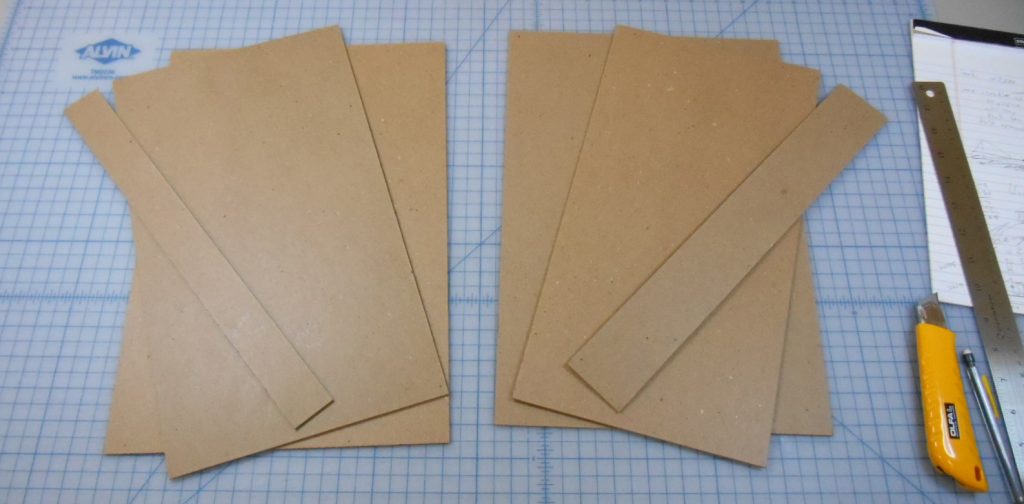Last month, Senior Conservator Erin Hammeke shared her treatment of a caoutchouc binding, which incorporated a clamshell enclosure with integrated cradle. There are many items in the collection that can benefit from an enclosure like this (henceforth referred to simply as a “cradle box”): books which require a restricted opening to reduce the risk of further damage, collection material that is used frequently, or items that are exhibited at library events outside the reading room. Our History of Medicine Collection has several items which meet these criteria and everyone in the lab was interested in learning how to make a cradle box. This week we dedicated a boxing day to this project, which served both as a training exercise and supports use of the collection.
While several variations on structure are described in publicly available resources (see the AIC Wiki), we decided to all just stick with Jeff Peachey’s design. The benefits to this design are that the cradle fits the book very well and is attached to the box, so you don’t have to worry about it being removed and getting lost. We could also rely on Erin’s previous experience and help each other through the more complicated steps!
Construction begins by measuring the book at the intended opening angles to determine the sizes of the individual parts of the cradle. As with measuring for exhibit cradles, it’s much easier to prop the boards up with cushioned weights before taking measurements.

Then those pieces are cut from Davey board…

… and covered in book cloth. The cradle is essentially constructed in two pieces, which are attached by a cloth spine piece. The image below shows the interior of one cradle side during covering (left), including the adhered ends of cloth tape that allow the user to lift up the cradle (right).

Once the cradle is complete, the book is placed inside and the entire sandwich is measured for the clamshell box. The box is constructed in the usual way, but the right side of the cradle is attached to the interior of the smaller tray near the spine.
It was a lot of fun to approach learning this enclosure design as a group. If one of us hit a roadblock or did not quite understand the next step in the instructions, we could all talk it through together. Over the course of the day, we developed new techniques for completing steps or learned from each other’s mistakes. And, more importantly, now six more books from the collection will have cradles with them wherever they go!


